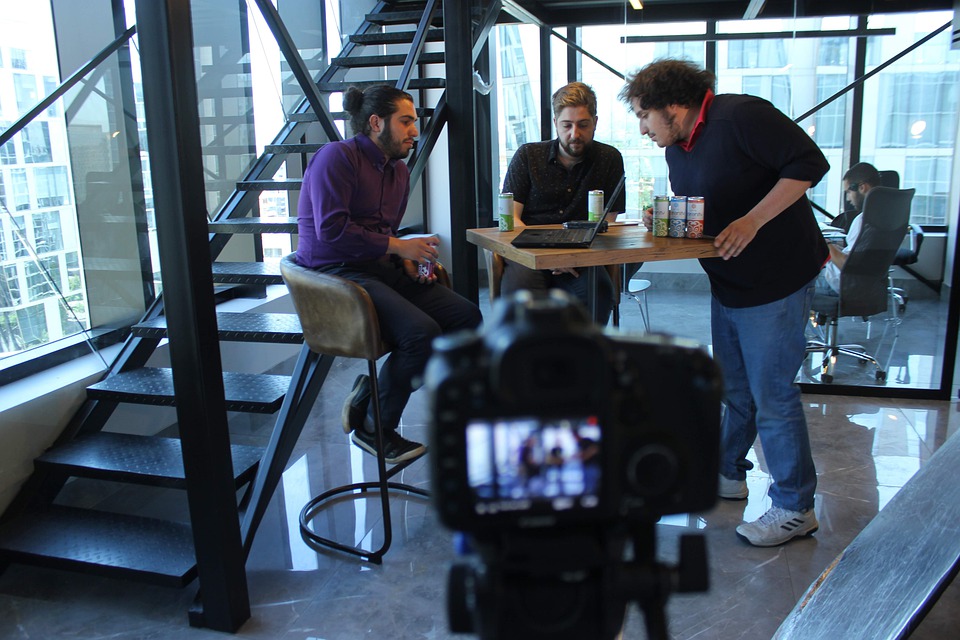
The gaming sphere is a vast environment of endless opportunities. Players always look for the best experience to spend their leisure time with quality and pleasure. To achieve this, programming engineers and designers shape engaging software products.
The most popular type of such content is video games. While there are other relevant directions of programming component development (mobile-based, arcade, casino software, etc.), desktop gaming has always had the biggest market share.
Throughout the years of optimisation, the strategy of creating top-notch content has been elaborated to perfection. Let us analyse the way innovative amusement solutions are shaped.
Basics of the Game Development
Just like any other product creation, the advancement of entertainment content has multistage preparation. The game development pipeline involves the elaboration of the title from the very idea to a completed interactive version.
Big studios have dedicated teams divided into departments, each clearly understanding their tasks. The pipeline strategy is incredibly helpful here as it manages the deadlines and resources accurately to keep up with the plan.
The entire creation process is usually divided into 3 big phases. Let us break down what they are in detail.
Pre-Production
The very beginning of the preparation is usually theoretical. It defines the idea of the game, the reasons for the creation, and the necessary resources. It is typically an innovative concept or recently released technology (VR, console, etc.) that pushes the developers to begin working on the game.
Pre-production requires the team to answer the following questions:
- What is the main idea of the product?
- Who are the target players going to be?
- Is there competition in the oriented market?
- Which type of monetising strategy is it going to follow?
- When will the creation process be finished?
- How many people will be involved?
- What will be the predicted budget?
Depending on the type of studio, the team may not be able to cover all stages independently. That is why it is necessary to hire additional experts. Small studios resort to reliable freelancers or offshore specialists.
All information that is obtained in the pre-production phase is saved in a game design document. This is a single storage of data that helps in the advancement stages.
The GDD usually contains information about:
- concept;
- genre;
- plotline;
- characters;
- in-game mechanics;
- world sketches;
- preliminary designs;
- financial plans, etc.
Pre-production also comprises the first steps of the development itself. This substage is called prototyping. It receives minimum resources just for the team to figure out how good the idea is and whether it is actually worth further investments.
Production
This stage is the longest of the whole development pipeline. If the game makes it past prototyping, the studio gets to conduct more advanced programming and designing.
While the concept is how the team sees the product ideally, it is rarely achieved completely. It is common to come up with challenges, development issues, and other obstacles that delay or prevent achieving the cherished result.
The production stage has several crucial milestones:
- First playable. It is an initial substage that allows getting into the game and feeling it from the inside. This is still far from the final result, but at this point, the programming code is first combined with the real artwork.
- Vertical slice. To reveal the preliminary results to fans and investors, the studio creates a fully interactive part of the game. This is where the first experience of seeing the product can be received.
- Pre-alfa. Almost all major content (mechanics, items, locations, etc.) is added here. At the same time, some aspects can be cut due to unsatisfied results in the previous stages.
- Alpha. This is where all key features are integrated into the project. It is possible to interact with the entire environment and finish the game. However, the product can still be full of bugs and minor glitches, so testers get to ensure they are all detected, and developers eliminate them.
- Beta. One of the final stages of the game formation features optimisation. No new elements are added, while established aspects are double-checked and polished to perfection.
- Gold master. The title is ready to hit the shelves of physical and virtual stores and get the audience’s appreciation.
Post-Production
Reliable game studios do not abandon the elaboration process after the release. Some specialists continue to work on the project fixing bugs, inventing DLCs, offering bonus content, etc.
The success of the product depends heavily on how supportive the studio will be. This concerns not only the video game niches. For example, in the online gambling industry, software developers constantly keep in touch with their clients. Updating slots, introducing new features, working on bonus programs — all this is important for stable support of entertainment content.
Game creation in the casino industry is usually delegated to gambling providers. But to receive products that would match the platform’s features and the demand of a target audience, operators resort to aggregators.
Online Casino Market is a long-standing guide company, cooperating with the most prominent gaming studios. The organisation offers individual services (software development, assistance in licensing, advertising, etc.) and turnkey project solutions.
You can find more information about the aggregator and its propositions via:
